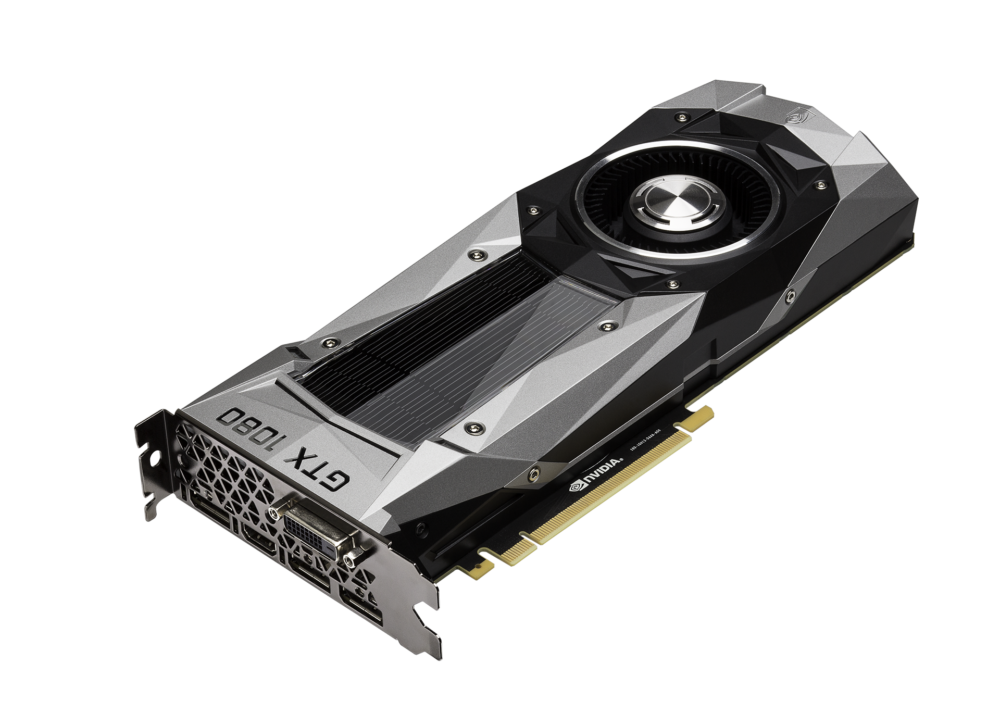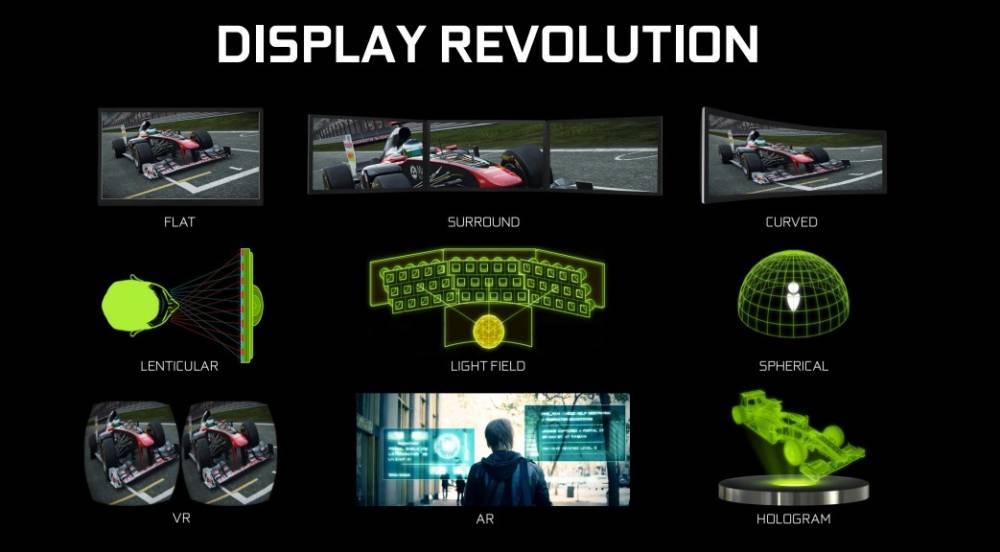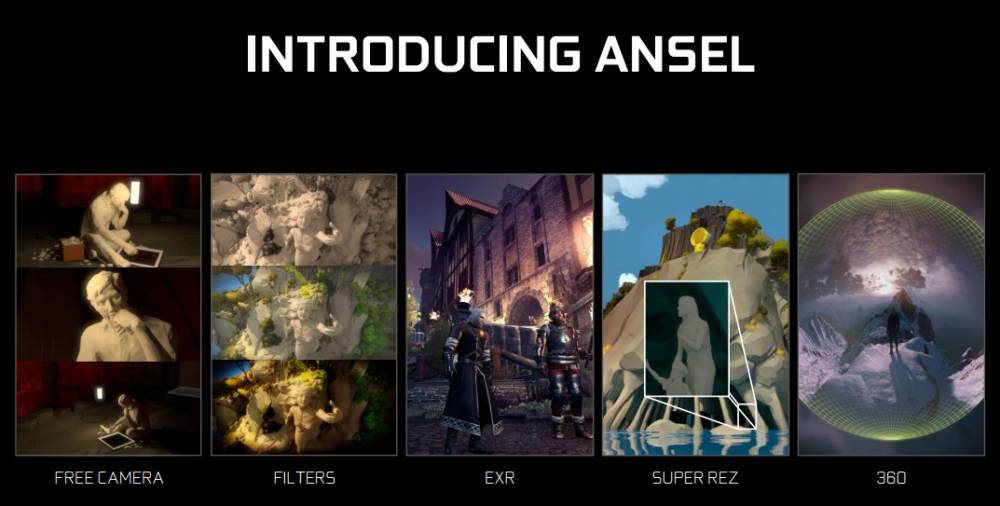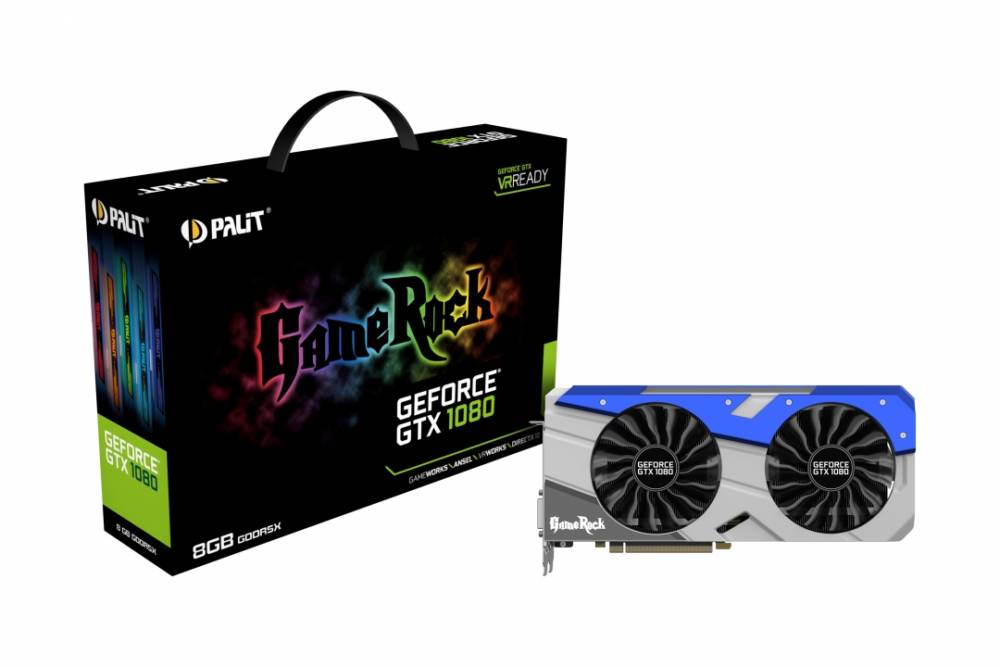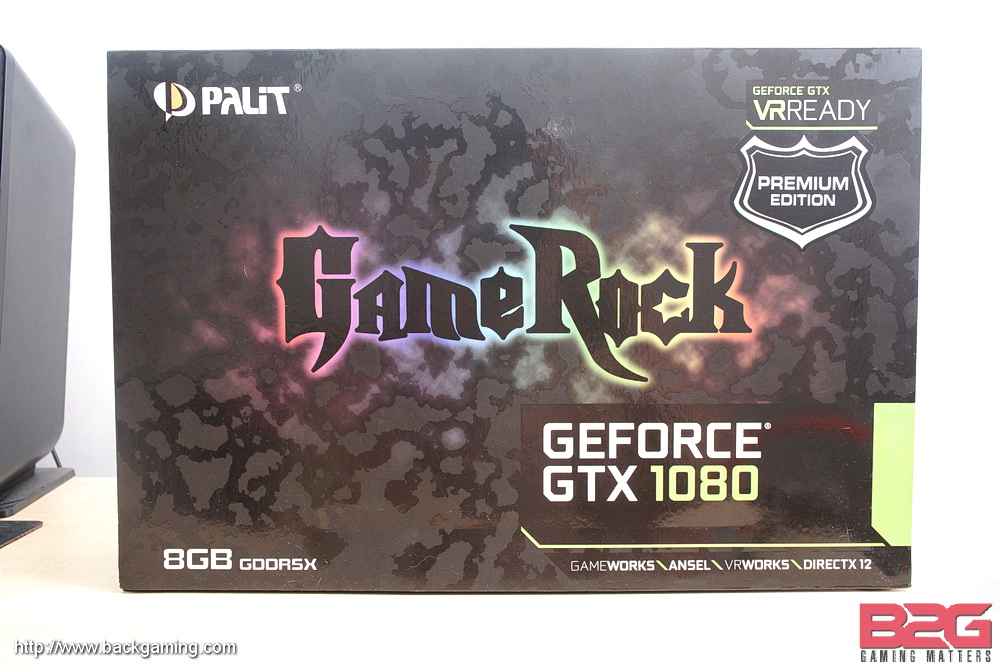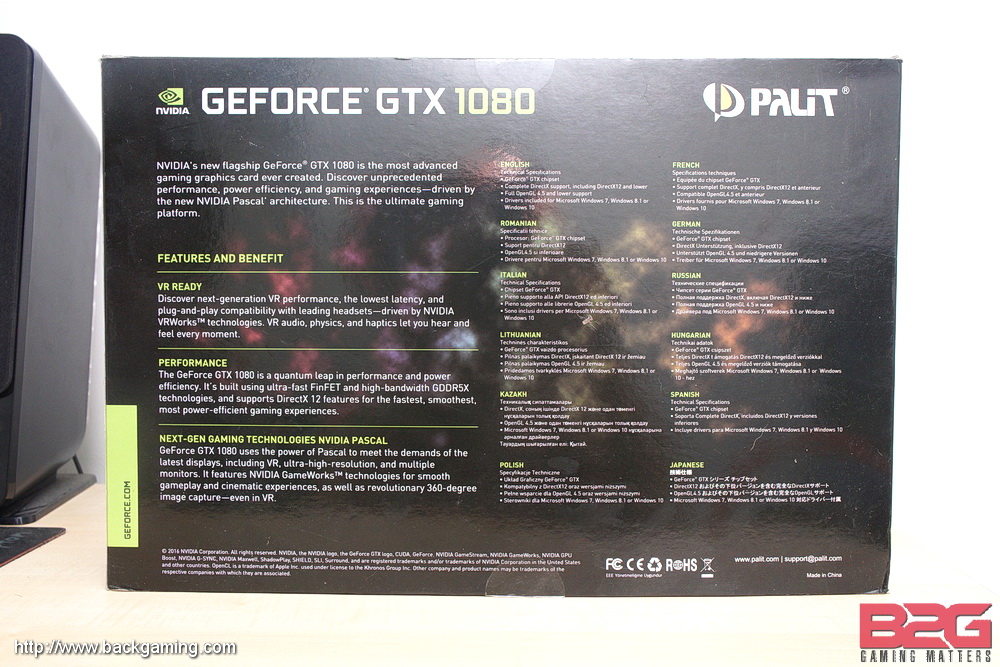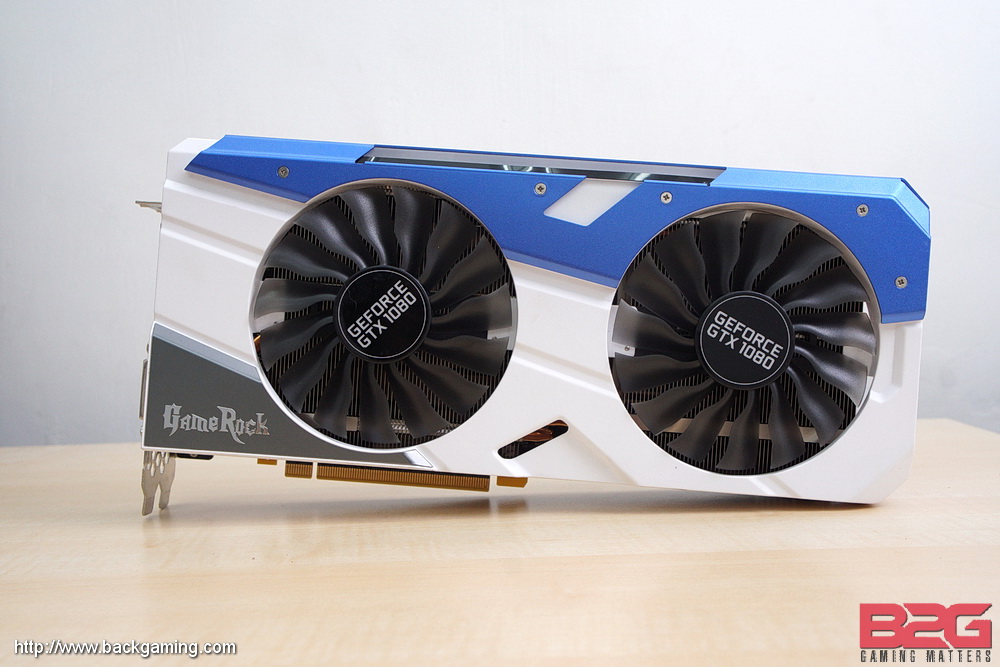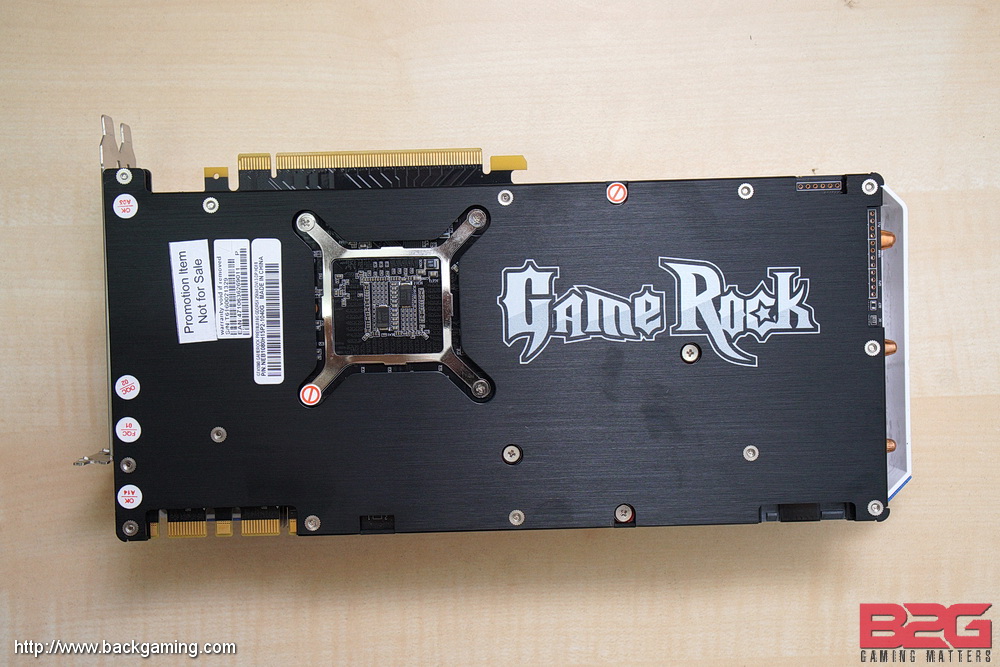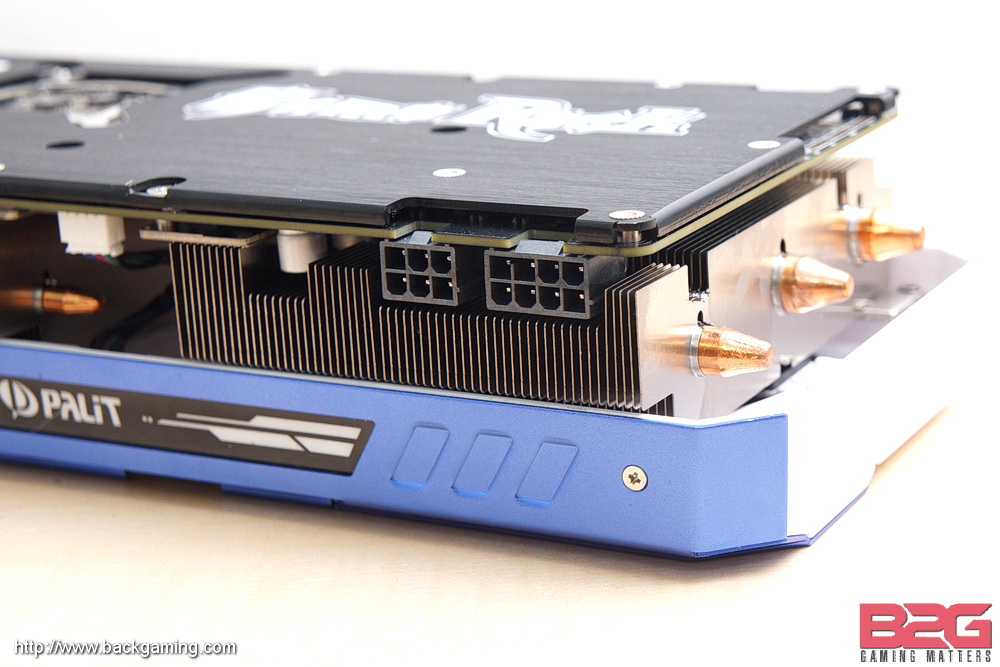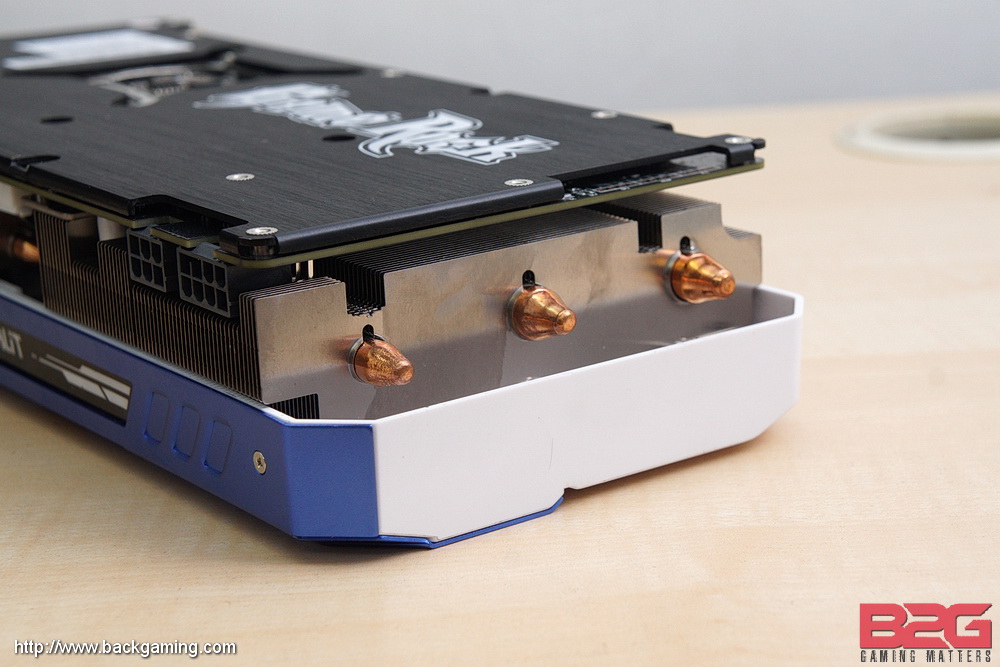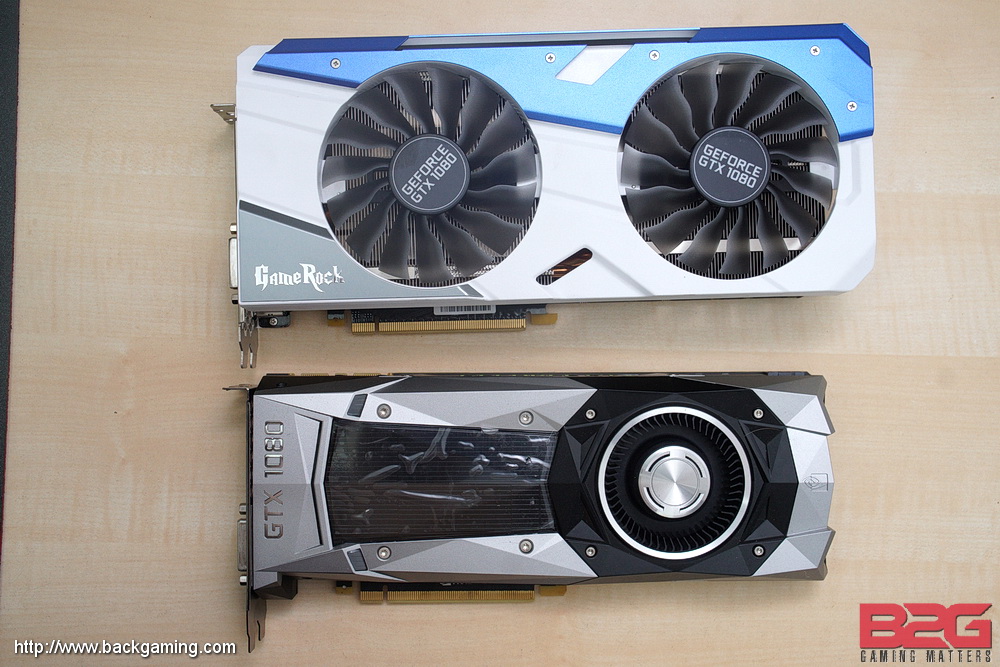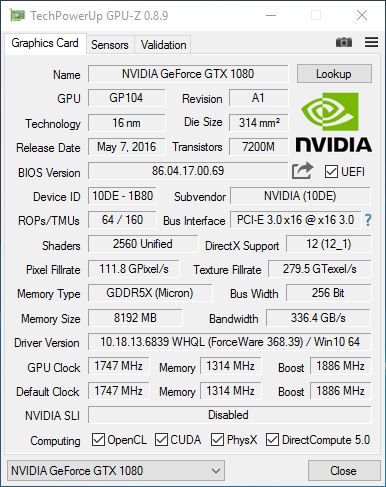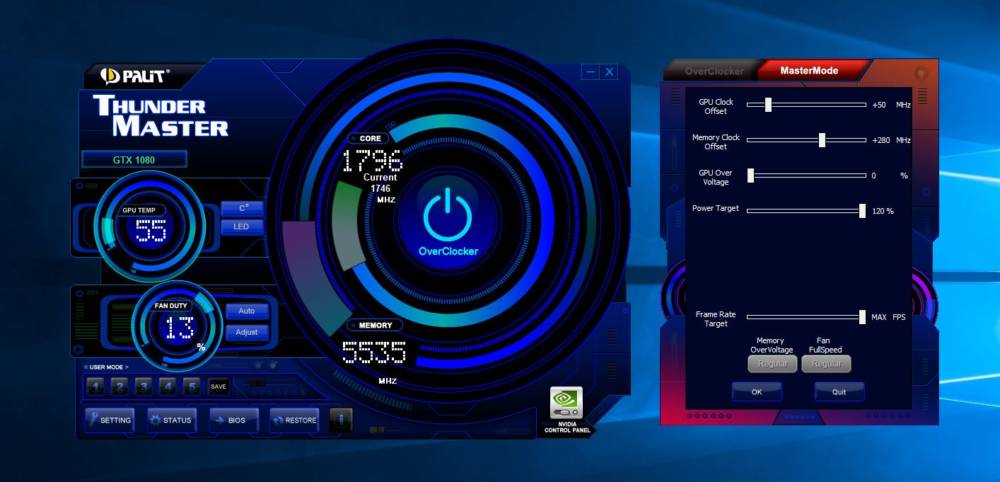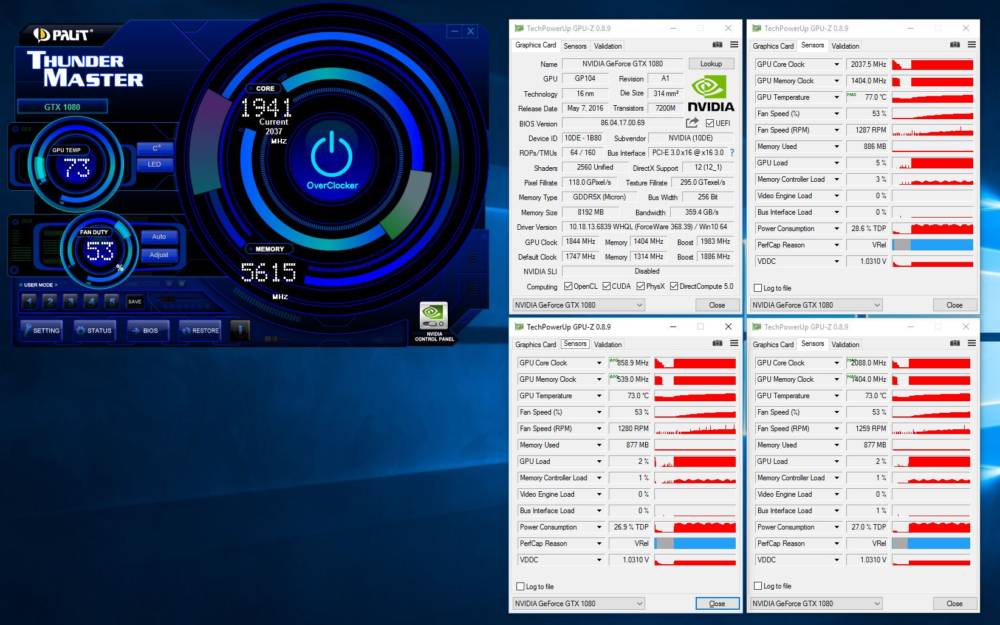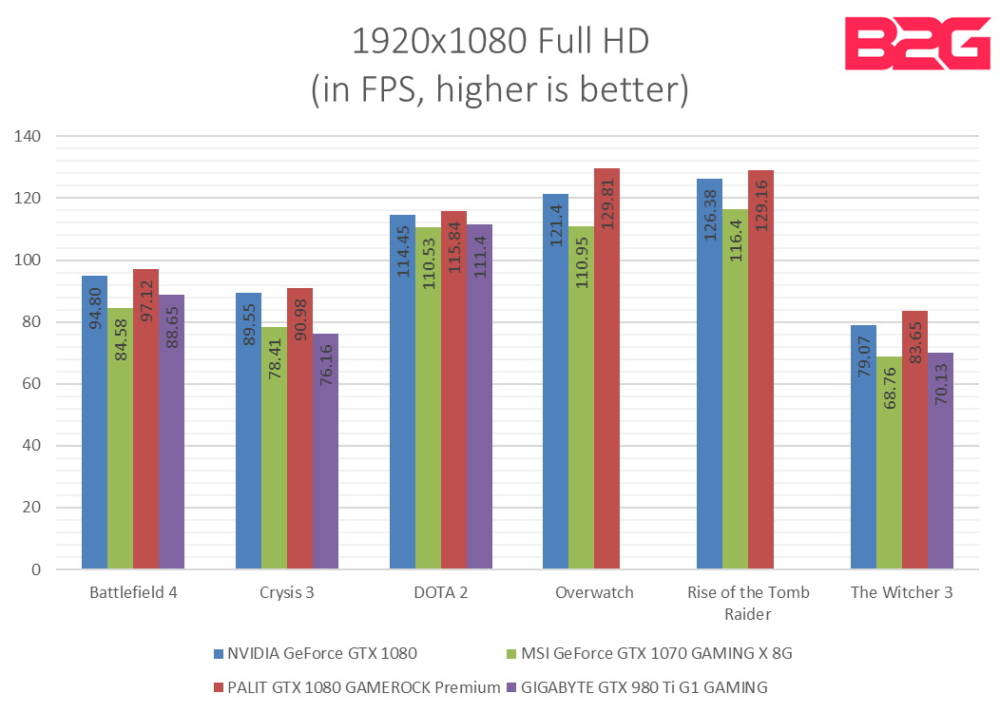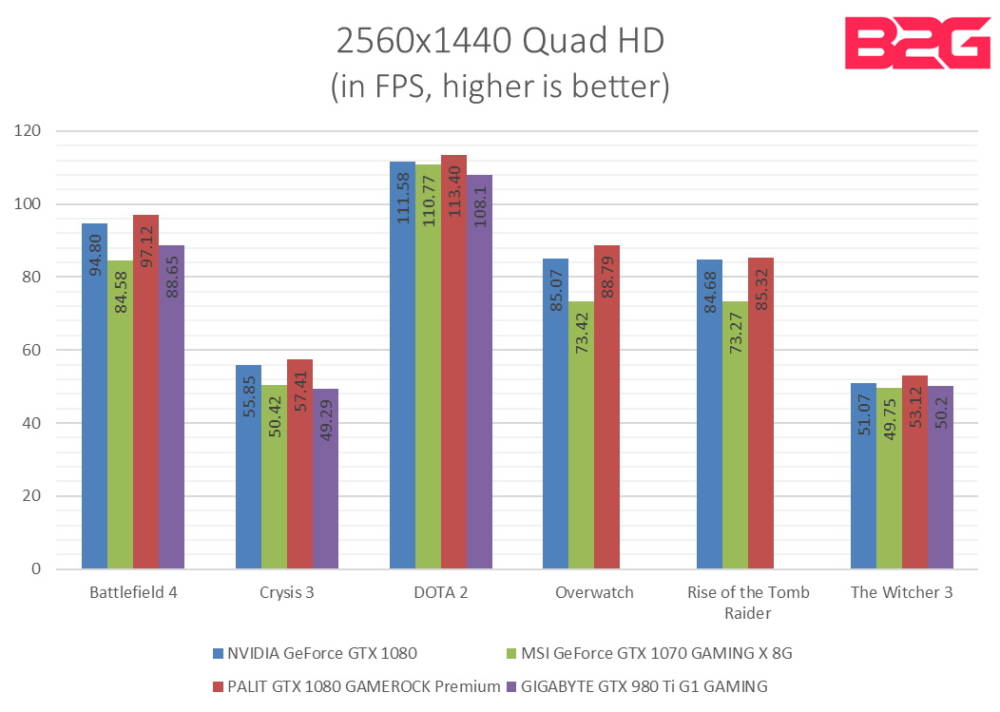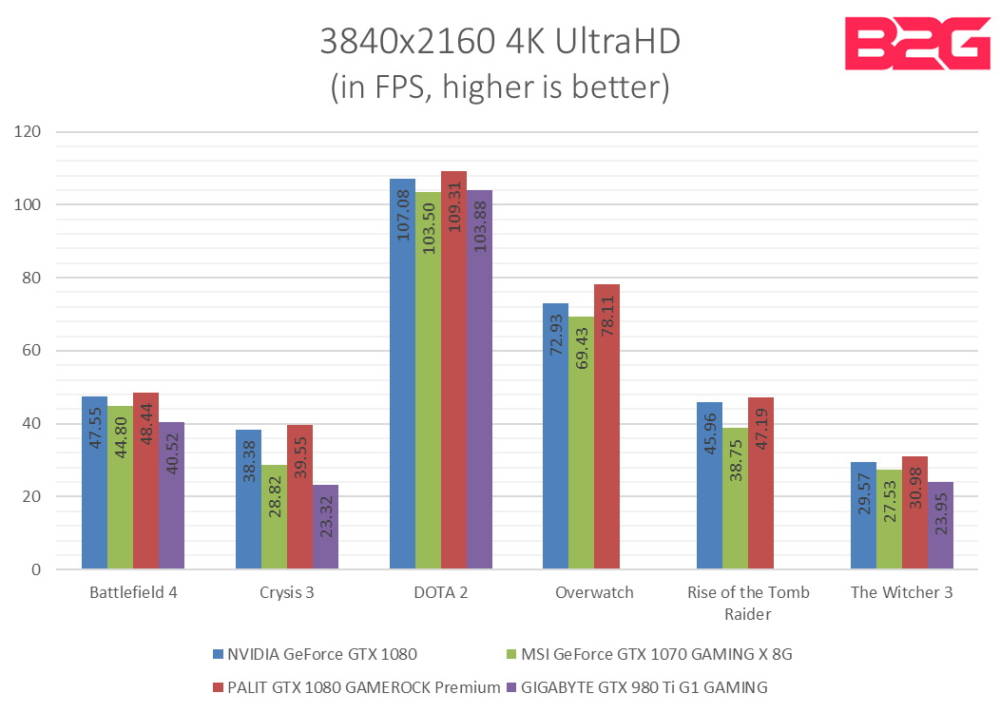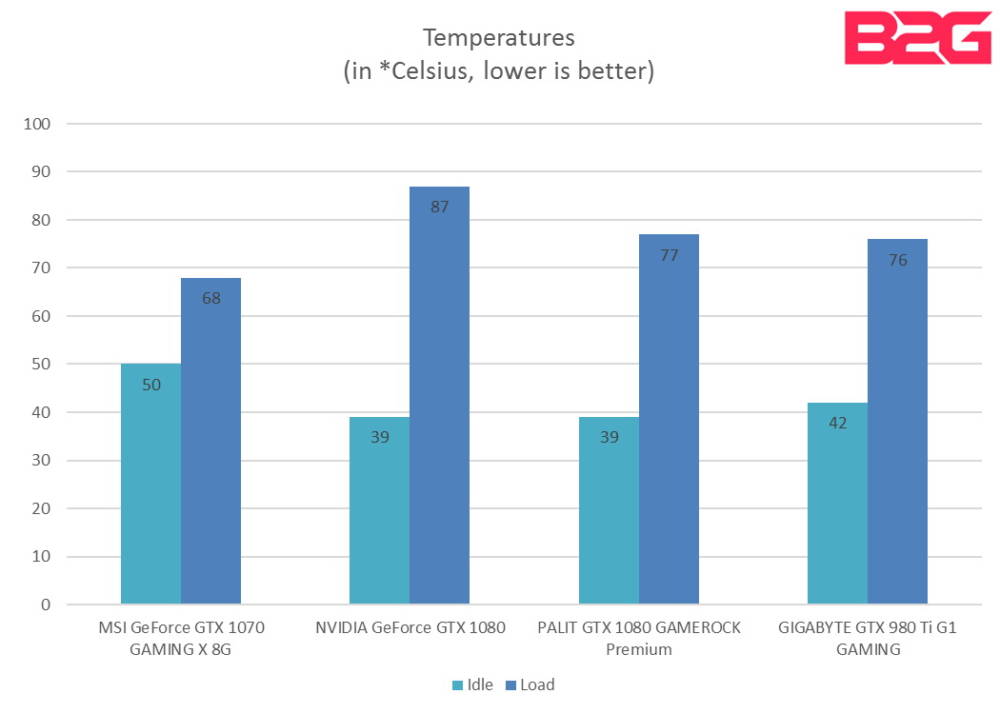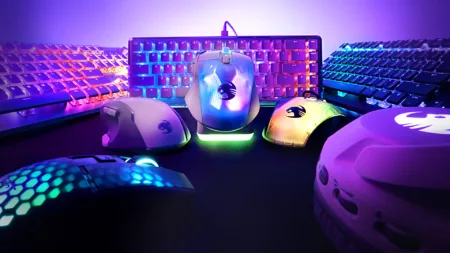Price / Where to SRP: US$740 – Currently not available in US
PH – Approx. Php37,500
NVIDIA is in under no circumstance pressured to release a new GPU this year. AMD has pretty much served no competition to what is arguably the most fierce competition in the component industry with previous coinciding releases help serve as the foundation of healthy and thriving PC gaming economy. Nowadays, its not the same fierce close releases we saw in the past but NVIDIA is still advancing GPU technology further and with the company advancing VR technology heavily, they needed a GPU for the consumer that could help do the job. Enter the GeForce GTX 1080. With future applications in mind, NVIDIA released the GTX 1080 with the intention of fueling the current trend for VR content. It makes sense as its a potential new revenue stream for their company and this release hits two birds with one stone: a GPU that can handle higher resolution and more demanding applications while also delivering performance required for creating much richer VR experiences.
While NVIDIA are encouraging the sales of the Founders Edition until the end of the product life cycle, AIB partners will still have full control on what they do provided they follow NVIDIA’s guidelines but cooling, tweaks and everything else they can do to squeeze out performance an improve cooling within specs, they’re free to do so. During our trip to Computex 2016, we’ve seen many of the GTX 1080 and GTX 1070 custom cards to be released and many of them are focusing on improved cooling and aesthetics.
One of those is Palit’s new GameRock series of graphics card. Sitting on top of the Palit GPU product stack, the GameRock series is their new flagship of graphics cards and it comes in both a standard edition and
ABOUT THE NVIDIA GTX 1080
NVIDIA’s new Pascal architecture is a remarkable engineering feat and something which has enabled the company to roll-out numerous technologies for various industries like deep-learning and super-computing but as a GPU company, NVIDIA is still regarded as a gaming company and the release of the much anticipated GTX 1000-series graphics cards is something that drives the industry further as it presents new possibilities for gaming content. That said, NVIDIA announced the new GeForce GTX 1080 and GTX 1070 on May 5th, 2016 putting to rest numerous rumors on naming and specifications on their new GPU series. Starting off with the new GPU, the Pascal based GP104 GTX 1080, sports 2560 CUDA cores running 1607Mhz and has a Boost clock of 1733Mhz. The card will come with 8GB of GDDR5X memory clocked in at 2500Mhz. The GTX 1080 boasts the highest clock rates ever seen on a GPU to date in comparison to last-generation’s models which came in around 1000Mhz.
The new Pascal GPUs will natively support DirectX 12 (12_1), OpenGL 4.5. Display options include three DisplayPort 1.4, one HDMI 2.0b, and one Dual-Link DVI connector. The reference GTX 1080 is powered off a single PCI-e power connector and is rated for 180W. NVIDIA designs a new SLI connector dubbed SLI HB (high-bandwidth) which uses both SLI fingers for maximum bandwidth utilization.
SRP for the GTX 1080 is $699 for the Founder’s Edition and will have an MSRP from most AIB starting at $599.
Simultaneous Multi-Projection
This technology has been around since Maxwell but NVIDIA has refined the technology further to increase performance and offer a more efficient way of handling more complex display scenarios. Traditionally, surround displays are rendered as flat planes and are display onscreen as such which gives us a rather unnatural field of view. The same can be said for curved displays. NVIDIA corrects this via the new Pascal GPUs by allowing a better method of adjusting the output image display via simultaneous multi-projection. Another use of the technology is to save up on processing power wherein developers can opt to render images outside of the visual focus area of the user to increase performance.
Ansel
User-generated content is one of the growing trends in gaming right now but streaming and game footage aside, in-game photography and movies created using gameplay footage have been reserved for professionals and specialists who have access and skills in the tools required in this artform. NVIDIA wants to change that by allowing end-users and gamers to create highly-personalized images and footage from games using Ansel: a tool and API coming soon to games featuring the following key capabilities to help you capture in-game moments like never before:
- Free Camera – Compose your shot anywhere, from any angle.
- Post-Process Filters – Adjust the look and mood of your favorite games.
- EXR Capture – Capture in the highest color spectrum for HDR images.
- Super Resolution – Capture every detail with the highest-resolution images.
- 360 Capture – Snap 360-degree panorama images in mono or stereo.
Ansel’s feature set lets players capture image in-game freely without being limited to the current player view. With Ansel, players can rotate the camera and focus on any detail of the current scene to allow maximum creativity in creating that perfect in-game capture. Filters are also available just to set the mood basically allowing you to create Instagram-ish posts straight from any game at the best quality possible. Ansel allows EXR capture for maximum color spectrum for use in Photoshop or other photo-editing software that support the format.
Basically Ansel gives end-users and content creators a level of control unlike anything we’ve had before. Free control over perspective, resolution and quality to provide you with the image to create stunning in-game photography and motion videos from games that support it.
Ansel enables amazing in-game screenshot captures by providing game developers with new NVIDIA driver APIs using GeForce® GTX GPUs. Game support for Ansel is coming soon, and will include titles such as The Witcher 3, No Man’s Sky, The Witness, and more. Ansel will also be supported by all GTX 600 cards onwards.
ABOUT THE PALIT GTX 1080 GAMEROCK
The Palit GameRock series is intended to supersede the existing Jetstream series as the flagship of the Palit brand. The new GameRock series introduces a new cooler design as well as some significant improvements over the regular GTX 1080 including a high factory overclock of 1885Mhz boost and memory runs at 10500Mhz effective. Palit also introduces a tweaked power limiter allowing the card to go faster via GPU Boost 3.0 as you can see later in the review.
Product Description
“The brand new gaming series, Palit “GameRock” is specially designed for enthusiast gamers who desire to have the ultimate gaming experience.”
Product Gallery – PALIT GTX 1080 GAMEROCK Premium Edition
LED Lighting
Overclocking the PALIT GTX 1080 GAMEROCK Premium Edition
Overclock the GTX 1080 is a bit more challenging thanks to GPU Boost 3.0 but that’s just because the card runs further than we want to set it. That said, we’ll be doing things a bit differently we settle for a final overclocking methodology. For now we’ll be manually adjust clocks and capturing the maximum clocks we get under 3DMark stress test.
Overclocking the Palit GTX 1080 GameRock, we used Palit’s own ThunderMaster GPU utility. This software allows us to change GPU clocks, memory clocks voltages, etc. and allows monitoring of the card’s current frequency and temps. This software also controls the LED lighting of the GameRock cooler which allows us to cycle between off, solid, rainbow cycling and temp status.
We start by pushing up the GPU clock via GPU offset slider in Master Mode which gives us a bit more power. We also add a few more Mhz to the memory clock. The changes are applied in real-time and in the worst-case would freeze the system but on slightly higher clocks past the card’s capabilities, it will crash the driver and you are free to keep pursuing a stable overclock.
In our case we saw the card hover at the 2Ghz mark with a rated Boost clock of 1983Mhz. This is without any voltage tweaking at the moment and we feel that this card can be pushed further via watercooling but as it is, we get only 77*C tops on this overclocked configuration under a 3DMark stress test 20 loop load.
PERFORMANCE
Test Setup
Processor: Intel Core i7 4790K
Motherboard: ASUS ROG Maximus VII GENE
Memory: Kingston HyperX Beast DDR3-2133 32GB
Storage: Plextor M6e Black Edition 256GB
PSU: BitFenix FURY 650G
Cooling: Corsair H100
Monitor: LG 42UB820T UltraHD TV
VGA: PALIT GTX 1080 GAMEROCK PREMIUM
For a full-hardware workout, visit http://www.futuremark.com for our benchmarks of choice.
All test results are taken with maximum in-game preset profiles. AA has been disabled for 4K UHD testing.
We’re currently revising our GPU review database. This chart and tables are temporary and will be updated with our latest testing methodology and results when available. The data presented follow our previous result but have limited the chart to the most recent and relevant products. All results have been taken from repeatable in-game scenes and an average of multiple runs to capture the data presented.
TEMPERATURE & POWER CONSUMPTION
To measure both power consumption and heat, we stress the video card and record the peak values for heat and wattage. We use default values on the cards and stress test them using a Kombustor 3’s Lake of Titans X64 test at 1080p fullscreen.
At a glance: Referencing the FE’s cooling performance, its easy to see how much cooling potential Palit has on its gigantic cooler. At 2.5 slot thick, its very disruptive inside the chassis and will almost take up your entire expansion slot set on SLI but with a significant cooling advantage, its certainly doing its job well. Its also dead silent.Power consumption is also just a bit higher than the reference card but is way below our GTX 980 Ti in this test. Clearly an impressive feat and with only a 40w difference for a beefy OC, its really commendable.
CONCLUSION
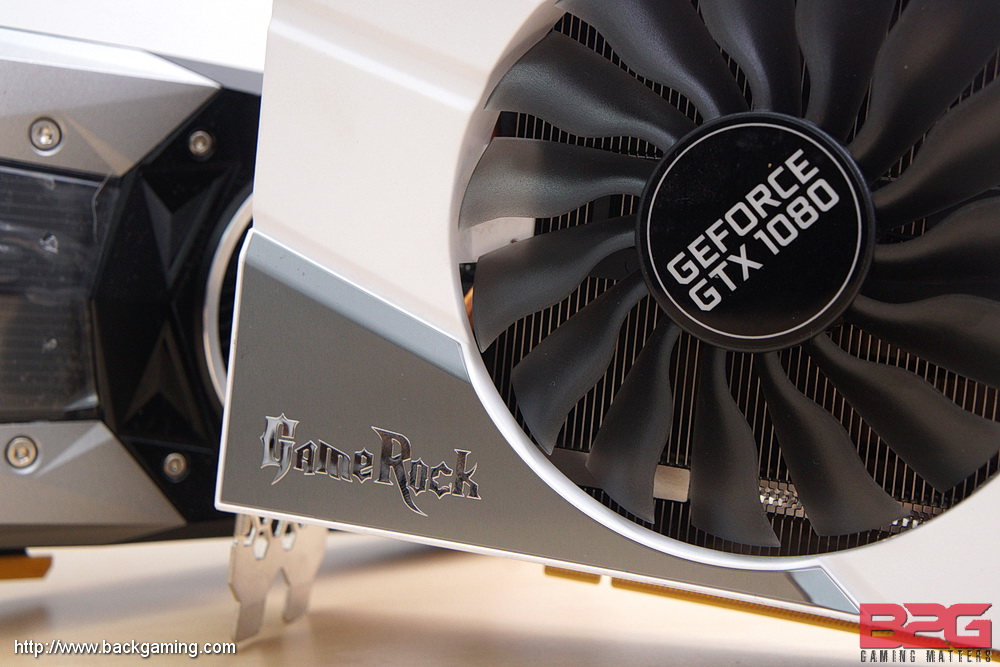
Let’s break down the verdict:
Performance. Relatively-speaking, NVIDIA has no one else to beat but itself with the GTX 1080 and with GTX 980 Ti squarely being beat by the GTX 1080, this is by far the new performance king on the market. On a more specific perspective, the GTX 1080 performs well beyond 1080p and improves on the playable capabilities of the GTX TITAN X and GTX 980 Ti in 4K. While NVIDIA heavily promotes the GTX 1080 for 4K content, the GTX 1080 brings relatively better performance in 4K than previous generations. NVIDIA has made great strides in providing much better performance in this graphics card and there’s simply no questioning that its the new king.
With the Palit GameRock, that performance is taken to higher levels with this being significantly a more powerful card than the FE GTX 1080. That said, its beefy cooler can take it further via OC but as it is, the Palit GameRock GTX 1080 Premium is simply faster than FE.
Build Quality. Palit has really taken their quality to another level and both the Jetstream and GameRock show that with the latter showcasing what the company’s flagship can do. Its build quality is superb and cooling is also quite excellent. Still, its huge bulk that limit its adoption to some users but given its target demographics is particularly a rather minor complaint.
Functionality. NVIDIA has improved on many of its current feature set but what it does really well is improve performance in 4K and VR allowing the GTX 1080 to let players enjoy games at an unprecedented quality. This together with the new improvements like Ansel and SMP make the GTX 1080 a feature-rich card made for the modern gaming scenario.
Bundle. The Palit GTX 1080 GameRock is offered with a G-Panel bundle in a separate SKU. No game bundle as of this moment but its an eventuality in the future.
Value. The specific bundle we have retails for around $740 give or take the pricing difference from its EU pricing, it is not available in the US as of this moment and in the Philippines, its only available in its card-only SKU which retails for Php37,500. That’s approximately $799. Basing from those, this one expensive graphics card especially for Palit. There is plenty to appreciate about this card as it leads everything in performance from what we’ve seen but with this premium its challenging to compete with top brands in that price bracket.
The NVIDIA GTX 1080 is obviously the new single card performance king and its efficiency is nothing to snuff at. For the Founders Edition, NVIDIA attracts fans of their brand with a stylish new reference cooler that screams the traditional NVIDIA design they love. Performance, quality and efficiency make the NVIDIA GTX 1080 an excellent choice if you’re looking for that signature NVIDIA look together a top-performing card and there is simply no competition out there right now.
For the Palit GTX 1080 GameRock Premium Edition, there’s certainly a lot to like as we’ve mentioned: its performance is top-tier and certainly one of the highest-clocked cards we’ve seen available. Its also a major departure from Palit’s older choices of cooler shrouds and is now more streamlined. The G-Panel is a nice option but its more of a novelty rather than an actual usable accessory. All in all, the performance is excellent and once prices have levelled, its going to be one of the more competitive variants in performance out there.
Palit backs the GTX 1080 GameRock Premium Edition with a 2-year warranty. We give the Palit GTX 1080 GameRock Premium Edition our B2G Performance Award and B2G Silver Award!
Price / Where to SRP: US$740 – Currently not available in US
PH – Approx. Php37,500




